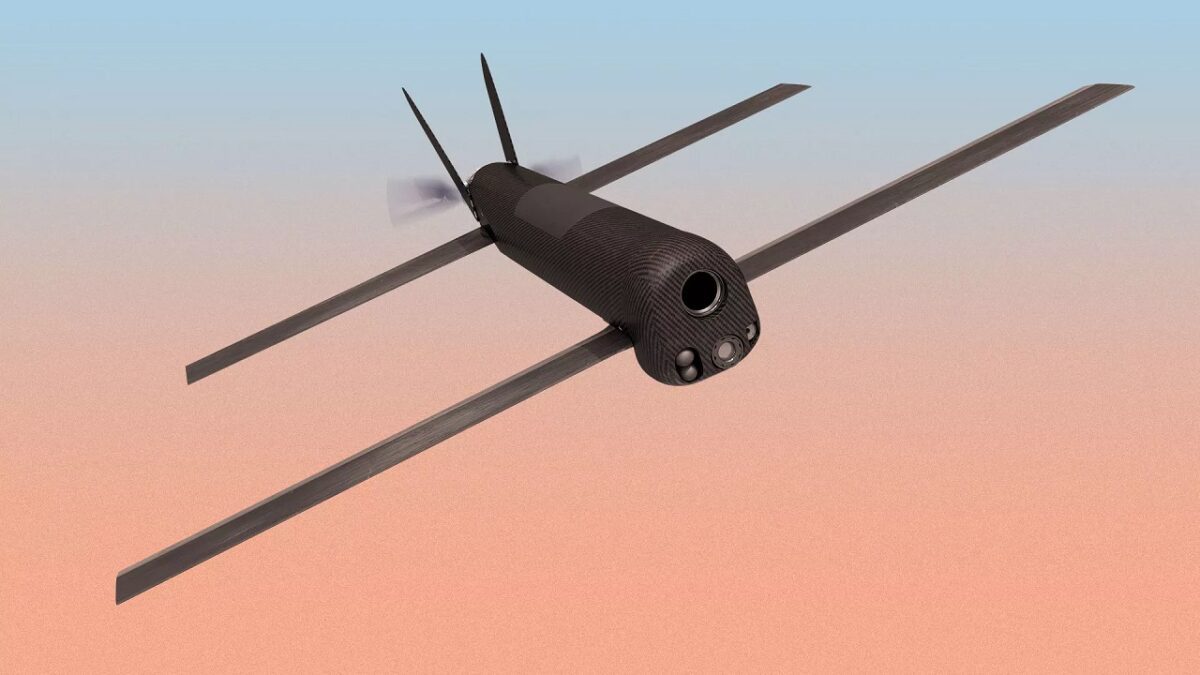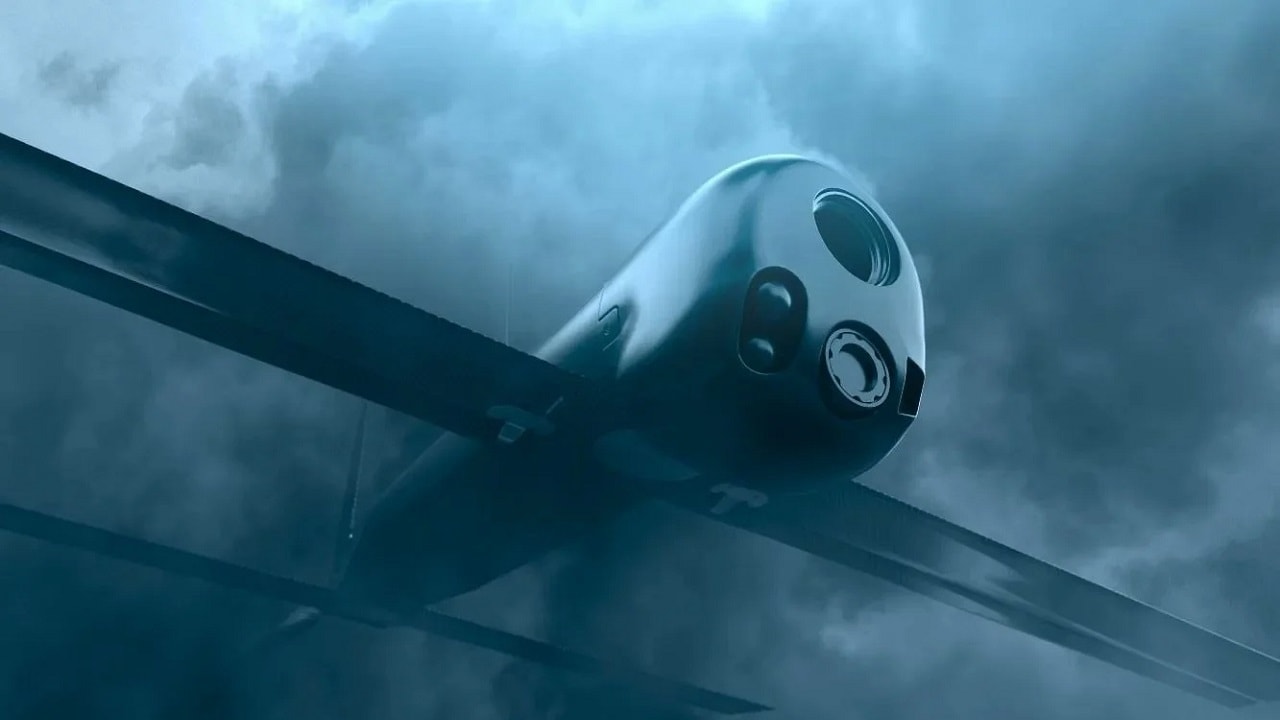How Would Iranian Drones Fit into Russia’s Drone Arsenal? – With the White House’s July 11 announcement that it had intelligence to suggest that Iran would be sending “hundreds” of drones to the Russian Armed Forces to fight in Russia’s ongoing invasion of Ukraine, Russia’s arsenal and utilization of drones has once again entered the spotlight. While Ukrainian use of Bayraktar and single use loitering munition drones have received significant attention from outside observers, less inspection of Russia’s use of drones to date in the conflict has taken place.
What UAVs Does Russia Have at its Disposal?
In the decade prior to its invasion of Ukraine, Moscow increasingly began to see value in the employment of unmanned arial vehicles (UAV), following the lead of Western countries which made significant use of the systems during the War on Terror. Months before the invasion, Russian President Vladimir Putin claimed that the Russian armed forces possessed more than 2,000 UAVs (a figure difficult to independently verify).
That said, drones really started to emerge as a priority in Moscow’s procurement and development following Russia’s 2014 seizure of Crimea and invasion of Ukraine, especially as Russian military leaders began to grapple with manpower and recruiting issues at the same time. In years prior, Russia had relied on imported drones from countries such as Israel, and had fallen decades behind U.S. and Western drone development in its domestic drone technology.
While Russian military and security leaders have previously expressed particular interest in small drones, Russia’s drone research and development queue has come to include a variety of larger and more advanced drones. Small and medium-sized drones employed by the Russian Armed Forces in various quantities include the Eleron-3SV, Takhion, Korsar, Orlan-10, Orion, and ZALA series of UAVs, among others.
In addition to these smaller models, Russia is also attempting to break into the field of larger UAVs, especially those which can be classified as unmanned aerial combat vehicles (UCAV). Notable examples of this initiative include the Sukhoi S-70 Okhotnik, which is a Russian combat UAV system currently under development intended to act as a “loyal wingman” for Russia’s under-development Su-57 multirole aircraft, as well as the Altair reconnaissance UAV.
Russian UAV Use in Ukraine
Russia’s UAV arsenal has seen significant use over the course of its invasion of Ukraine to date. Russian media sources have attempted to highlight the success of Russian drones such as the ZALA AERO in Ukraine. Others, such as the Forpost-R UCAV, which is a variant of an Israeli-designed drone, have seen their first recorded use in Ukraine. Due to the high concentration of UAVs and UCAVs in service in both armies, Russia’s invasion of Ukraine can be described as one of the first major interstate conflicts in which drones have played a major role on both sides (similar drones saw use in the 2020 Nagorno-Karabakh War between Azerbaijan and Armenia). Russian loitering-munition drones such as the KUB-BLA drone have also seen their debut in Ukraine.
To date in the conflict, Russia’s most common use for its drones has been to provide reconnaissance and spotting capabilities to ground-based units, particularly Russian artillery. This reconnaissance assistance has been particularly crucial for Russia due to its current heavy reliance on massed artillery fires to facilitate its advance in Ukraine’s eastern Donbas region. According to Russian media, the war in Ukraine has provided useful information to Russian military leaders on the employment of their UAV arsenal. In addition, Russian sources have sought to highlight supposed victories of Russian UCAVs against Ukrainian targets throughout the war.
Would Iranian UAVs make a Different in Russia’s Arsenal?
While it is unclear if the White House knows which types of UAVs Iran hope to provide to Russia (which Tehran has vaguely denied), the reportedly planned package of hundreds of UAVs could include many loitering-munition drones. Russian military leaders have apparently expressed interest in purchasing Iranian drones for years and may find the reported accompanying provision of Iranian drone expertise to be useful. Potentially spurred on by Ukrainian successes in drone utilization to date in the war, Russia’s military leadership may seek to improve its own employment of drones with Iranian help. Russia’s potential new Iranian UAVs could also be used to improve the aerial reconnaissance and artillery support capabilities of Russian forces in Ukraine, which many Russian commentators have decried as inadequate in their current state.

Switchblade Drone. Image Credit: Manufacturer Handout.
While it is yet to be seen if U.S. intelligence on Iran providing Russia with a large package of drones will be proven correct, it is clear that Russia envisions a significant role for its UAV arsenal in the future of its war in Ukraine.
Wesley Culp is a Research Fellow at the Center for the Study of the Presidency and Congress. He regularly writes on Russian and Eurasian leadership and national security topics and has been published in The Hill as well as in the Diplomatic Courier. He can be found on Twitter @WesleyJCulp.

